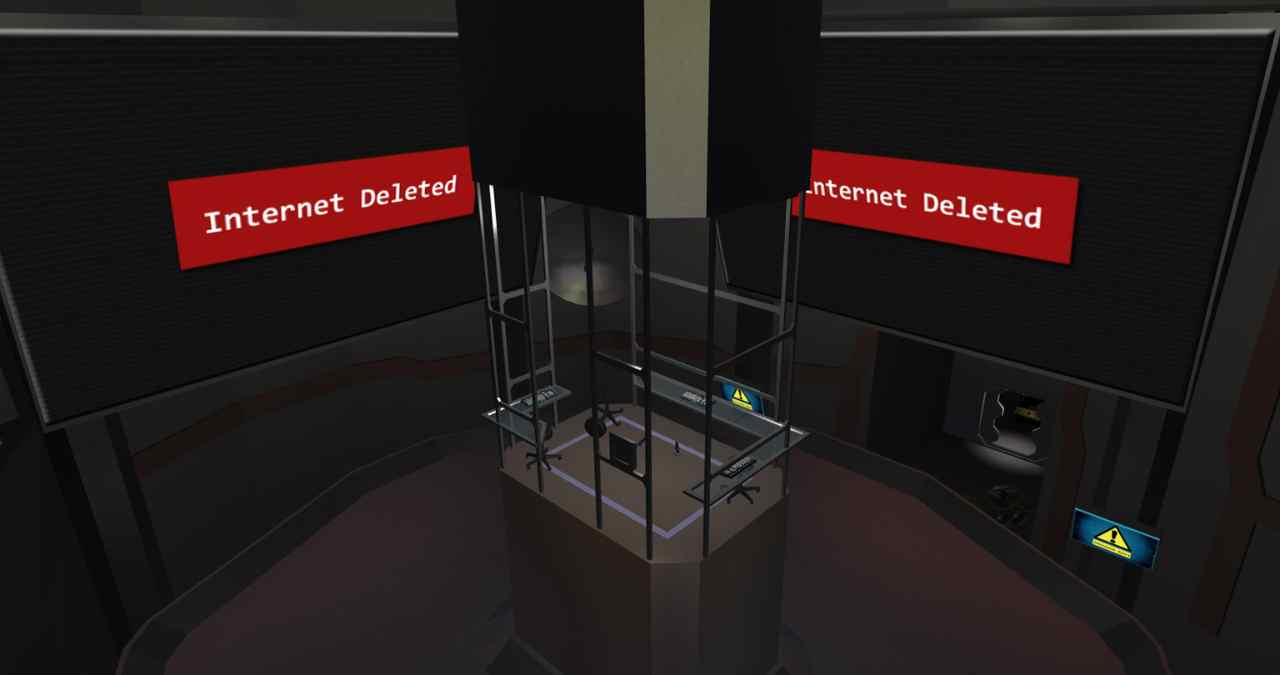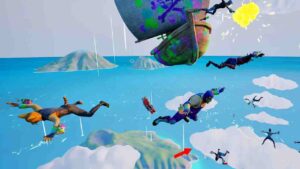A sequel that demands you move a lot
Unseen Diplomacy 2 isn’t trying to simulate stealth with button presses. Instead, it puts your body at the center of the gameplay. Built for full room-scale VR, the game expects players to physically crawl through vents, peek around corners, and duck behind cover. If you don’t move, you’re not playing.This isn’t new territory for developer Triangular Pixels. The first Unseen Diplomacy was known for turning VR into a real-world obstacle course, but it was more tech demo than full experience. The sequel aims to expand on that core idea, turning it into something closer to a full campaign.
Room-scale as the core mechanic
What sets Unseen Diplomacy 2 apart isn’t just the physicality, but how central it is to the design. The game maps virtual environments onto your real-world play space. If you need to crawl through a tunnel, you’ll be on your knees. If a vent’s above you, you’ll need to stretch up or climb.
That design choice only works if you’ve got enough space. The game requires at least 2 meters by 2 meters of clear room, though more is clearly better. It’s one of the few modern VR titles that doesn’t offer artificial locomotion. You move by actually moving, which keeps immersion high but makes it less accessible for some setups.
Visuals are simple, but functional
The environments are clean, geometric, and deliberately sparse. Think sci-fi corridors, lab interiors, and ventilation shafts all built to serve gameplay rather than impress visually. That makes sense, since the real focus is spatial mapping and how your body interacts with it.
This simplicity also helps with clarity. You’re not here to marvel at the graphics. You’re scanning corners, watching patrol routes, and figuring out how to get from one side of a space to the other without getting spotted. Every wall and object is positioned to encourage physical engagement.
Coming to Quest 3 and PC VR
Unseen Diplomacy 2 is launching on both Quest 3 and PC VR through Steam, and the build has been optimized for these platforms. Quest 2 isn’t supported, likely because the game relies on accurate room mapping and higher-end tracking that older headsets can’t quite handle.
On Quest 3, the untethered nature of the headset is a major advantage. No wires mean fewer physical hazards when you’re belly-crawling under imaginary lasers. On PC, better graphical fidelity and possible modding options could appeal to VR enthusiasts with dedicated setups.
Built for short but intense sessions
Because of how physically demanding the game is, it’s not designed for long playthroughs. Levels are built to be completed in short bursts. That works well given the energy required to duck, climb, and roll your way through each mission. You’ll feel like you’ve done a workout after a few rooms.That structure also supports replayability. Levels can be approached in different ways, with changing objectives or patrol paths. There’s a hint of VR escape room design here, where part of the fun is mastering how to move within the limits of your space.
A rare commitment to pure physical VR
Few modern VR games go all in on physical interaction. Most opt for hybrid systems to accommodate limited play areas or seated users. Unseen Diplomacy 2 doesn’t compromise on that front, which is both its main strength and its limitation.The result is a focused experience that feels different from almost everything else in VR. It’s not about long-term progression or unlocks. It’s about making the most of the physical space you have and turning that into a stealth mission where you are the controller.
Virtual Reality Explorer & Game Reviewer
Always the first to plug in. VRSCOUT dives head-first into the most immersive VR worlds, analyzing mechanics, comfort, innovation, and that elusive “presence” factor. If he says it’s worth it, it probably is.




